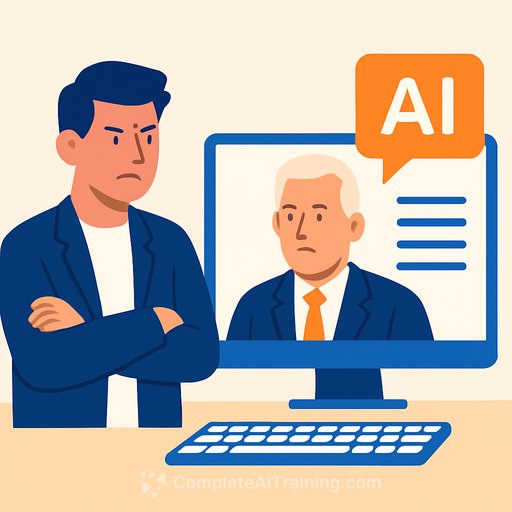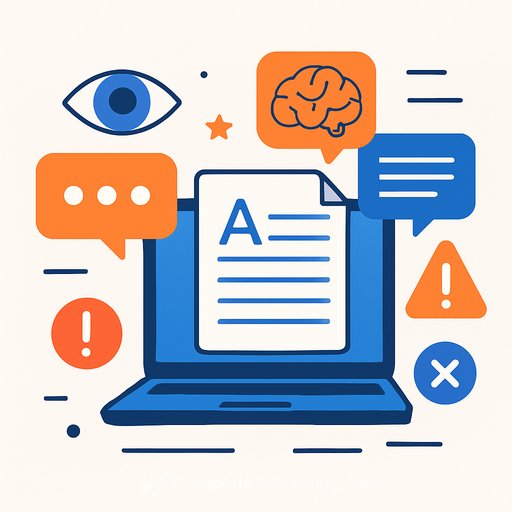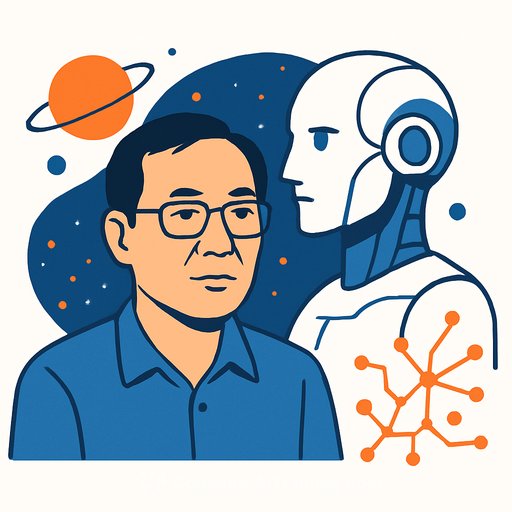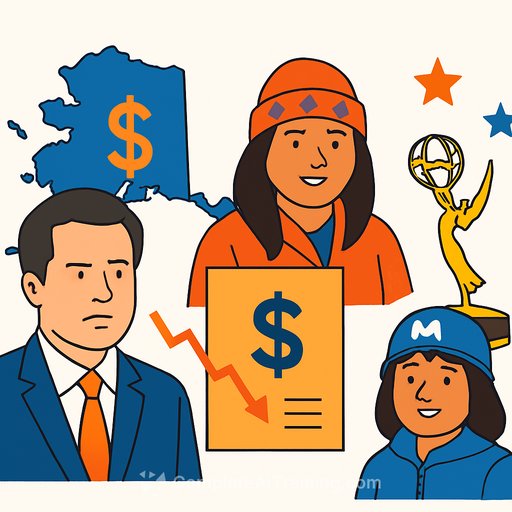Can an AI Teach "J. B. One and Only"? What Writers Should Learn from the Breslin Blowback
The Son of Sam would never talk to an AI. That was the point: Jimmy Breslin got out of the chair, hit the streets, and brought New York's underbelly to the breakfast table.
Now, an AI "writing coach" named "Jimmy" claims to teach Breslin's style for $2.99 a month. His family is furious.
The flashpoint
An Oregon-based nonprofit linked to a university program launched AI coaches modeled on famous journalists. One of them-"Jimmy"-promises feature-writing help based on Breslin's voice.
Kevin Breslin, the journalist's son, called it "piss-poor taste" and said the family wasn't contacted before launch. "My father would say they're 'tunneling underneath'-and that's what they're doing."
He pushed back on the idea that his father's voice could be packaged: "He never said they could take my words and make it into some sophomoric, imbecilic writing, some second-rate nonsense."
For context, the nonprofit says its tools offer "personalized support without taking over the creative process." Representatives didn't respond to a request for comment.
Why writers should care
Breslin's work wasn't formula. It was reporting + time + pain. "Anything that isn't writing is easy," he once said-after hours of grinding to get a single column right.
Calling a style coach "Jimmy" bypasses the thing that made him singular: shoe leather. He profiled a gravedigger after Kennedy's assassination, corresponded with a serial killer, won a Pulitzer for Commentary, and still signed off as "J. B. One and Only." That isn't a prompt. That's a life.
If you write for a living, this debate isn't about nostalgia. It's about the difference between speed and substance-and where your name sits when a story hits.
Ethics check for educators and teams
- Don't badge an AI with a real person's name or voice without permission. That's brand and legacy, not a vibe.
- Teach reporting, not just output. Interviews, archives, scene work, verification. "Climbing stairs," as Breslin called it.
- Be clear with students and staff where AI helps (structure, options, critique) and where it can't (voice, lived context, original reporting).
- Disclose tool use when policy or publication requires it. Readers deserve to know how the sausage was made.
Practical guardrails for writers using AI
- Use AI for scaffolding: outlines, angle maps, counterarguments, line edits. Keep the voice yours.
- Do the reporting yourself. Call people. Walk the block. Document sources. Your notes are your moat.
- Blend influences. Study multiple writers so you don't become a derivative of a derivative.
- Iterate in passes: facts, structure, rhythm, then specificity. AI can flag redundancies; it can't feel a city morning.
- Protect names and likeness. Don't market with a real person's identity without explicit approval.
The bigger picture
AI will keep getting better at syntax. It won't live your scenes for you. Breslin's son is right about one thing: telling students "this is easy" is the lie that kills good writing.
Keep the tool in the toolbox. Keep the sweat in the work.
Sources and further reading
For writers experimenting with AI
Jimmy Breslin earned his voice the hard way. If you borrow anything, borrow that.
Your membership also unlocks:






